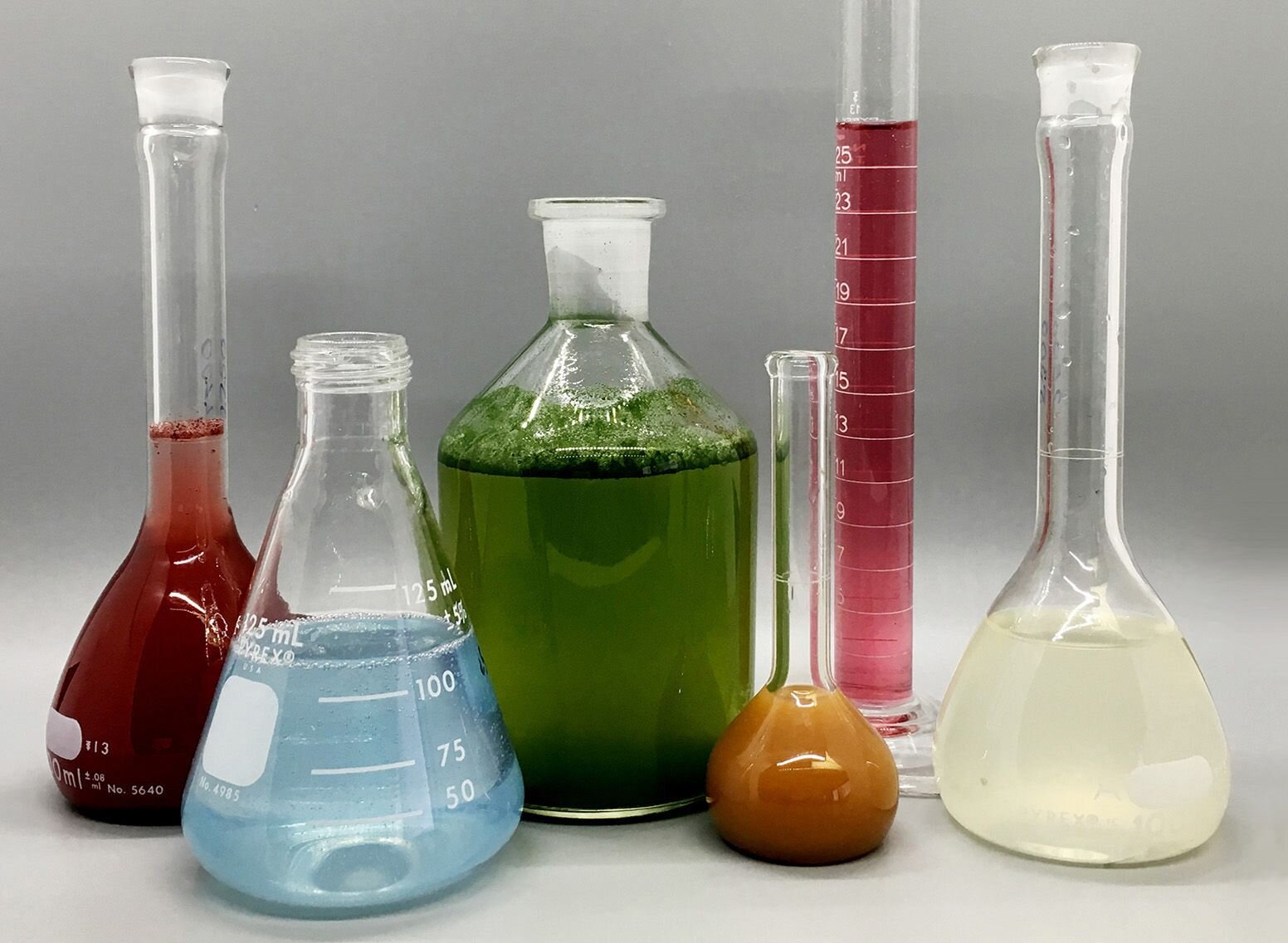All about Spectrophotometers
Wiki Article
Uv/vis/nir Fundamentals Explained
Table of ContentsThe Best Strategy To Use For SpectrophotometersThe Only Guide for Uv/vis/nirThe Facts About Uv/vis UncoveredSome Of Uv/vis/nirThe 6-Second Trick For Circularly Polarized Luminescence

Spectrophotometry is most commonly used to ultraviolet, noticeable, and infrared radiation, modern spectrophotometers can interrogate wide swaths of the electromagnetic spectrum, including x-ray, ultraviolet, noticeable, infrared, and/or microwave wavelengths. Spectrophotometry is a tool that depends upon the quantitative analysis of molecules depending upon how much light is taken in by colored compounds.
An Unbiased View of Circularly Polarized Luminescence
A spectrophotometer is typically utilized for the measurement of transmittance or reflectance of solutions, transparent or nontransparent solids, such as sleek glass, or gases. Numerous biochemicals are colored, as in, they absorb noticeable light and for that reason can be measured by colorimetric procedures, even colorless biochemicals can typically be transformed to colored substances appropriate for chromogenic color-forming reactions to yield substances appropriate for colorimetric analysis.: 65 However, they can likewise be designed to determine the diffusivity on any of the noted light ranges that normally cover around 2002500 nm utilizing different controls and calibrations.An example of an experiment in which spectrophotometry is utilized is the determination of the stability constant of a service. A specific chemical response within a service might take place in a forward and reverse direction, where reactants form items and items break down into reactants. Eventually, this chain reaction will reach a point of balance called a stability point.
Top Guidelines Of Uv/vis
The amount of light that travels through the option is indicative of the concentration of specific chemicals that do not allow light to go through. The absorption of light is because of the interaction of light with the electronic and vibrational modes of particles. Each type of molecule has an individual set of energy levels associated with the makeup of its chemical bonds and nuclei and thus will absorb light of specific wavelengths, or energies, resulting in unique spectral properties.
The use of spectrophotometers covers different clinical fields, such as physics, materials science, chemistry, biochemistry. UV/Vis, chemical engineering, and molecular biology. They are commonly utilized in lots of markets consisting of semiconductors, laser and optical manufacturing, printing and forensic assessment, in addition to in labs for the research study of chemical compounds. Spectrophotometry is often utilized in measurements of enzyme activities, determinations of protein concentrations, decisions of enzymatic kinetic constants, and measurements of ligand binding reactions.: 65 Eventually, a spectrophotometer has the ability to figure out, depending on the control or calibration, what substances are present in a target and precisely how much through calculations of observed wavelengths.
This would come as a service to the previously created spectrophotometers which were unable to soak up the ultraviolet correctly.
Getting The Spectrophotometers To Work
It would be found that this did not offer satisfactory results, for that reason in Design B, there was a shift from a glass to a quartz prism which permitted better absorbance results - UV/Vis/NIR (https://pxhere.com/en/photographer/4182440). From there, Design C was born with a modification to the wavelength resolution which wound up having 3 systems of it producedIt was produced from 1941 to 1976 where the rate for it in 1941 was US$723 (far-UV accessories were a choice at extra expense). In the words of Nobel chemistry laureate Bruce Merrifield, it was "most likely the most essential instrument ever developed towards the development of bioscience." Once it ended up being ceased in 1976, Hewlett-Packard created the first commercially offered diode-array spectrophotometer in 1979 understood as the HP 8450A. It irradiates the sample with polychromatic light which the sample soaks up depending on its properties. Then it is transferred back by grating the photodiode selection which detects the wavelength region of the spectrum. Because then, the development and execution of spectrophotometry gadgets has increased profoundly and has become one of the most ingenious instruments of our time.

The Facts About Circularly Polarized Luminescence Revealed
The grating can either be movable or repaired.In such systems, the grating is fixed and the strength of each wavelength of light is determined by a different detector in the array. When making recommended you read transmission measurements, the spectrophotometer quantitatively compares the portion of light that passes through a reference option and a test solution, then digitally compares the strengths of the two signals and calculates the percentage of transmission of the sample compared to the referral requirement.

Report this wiki page